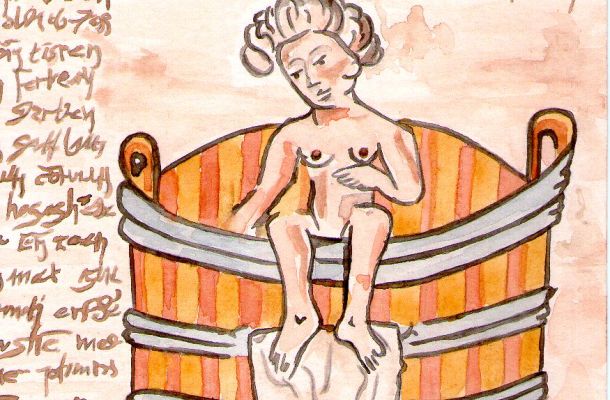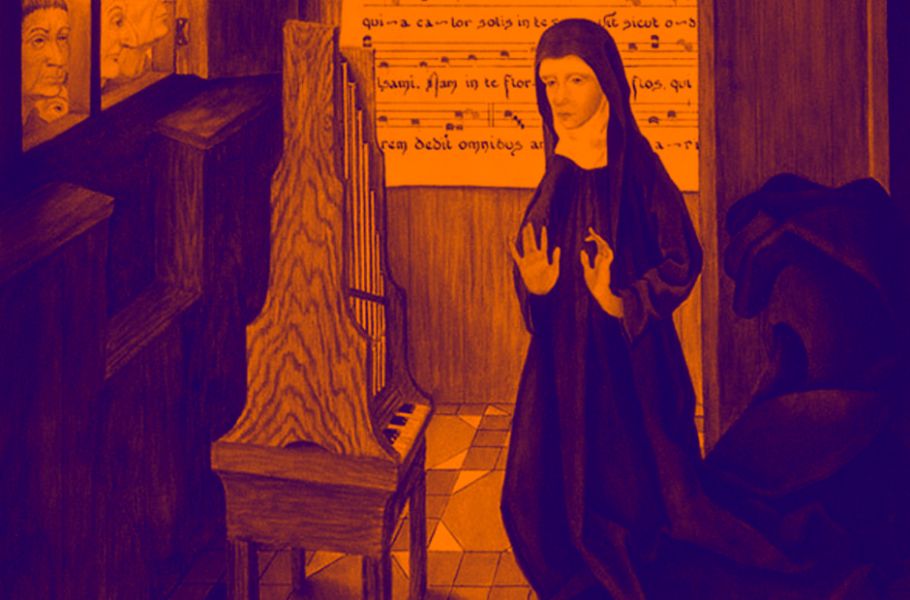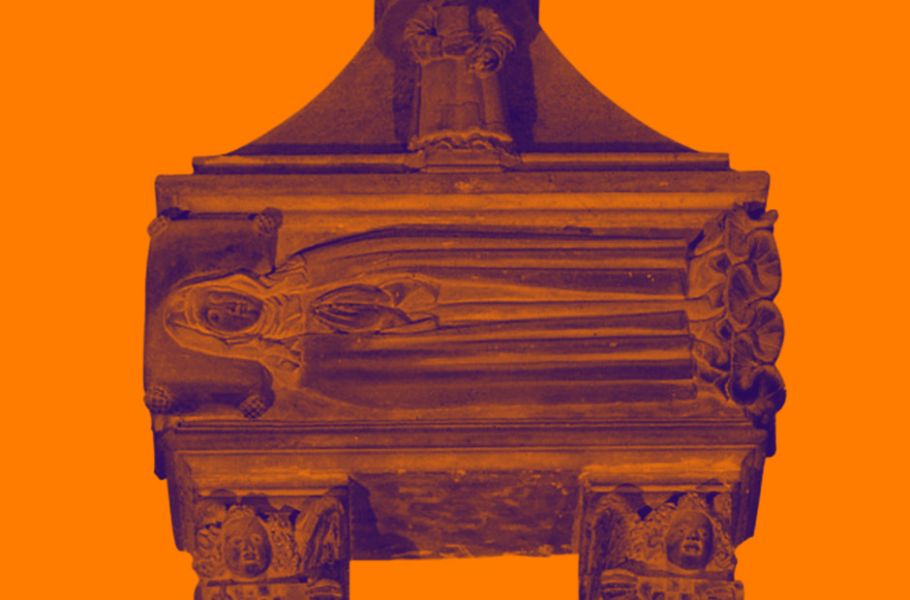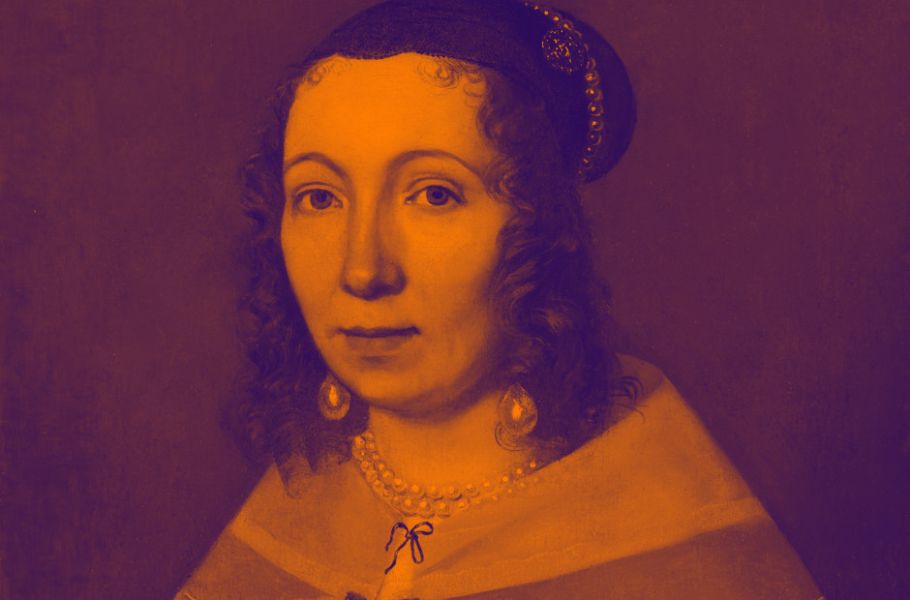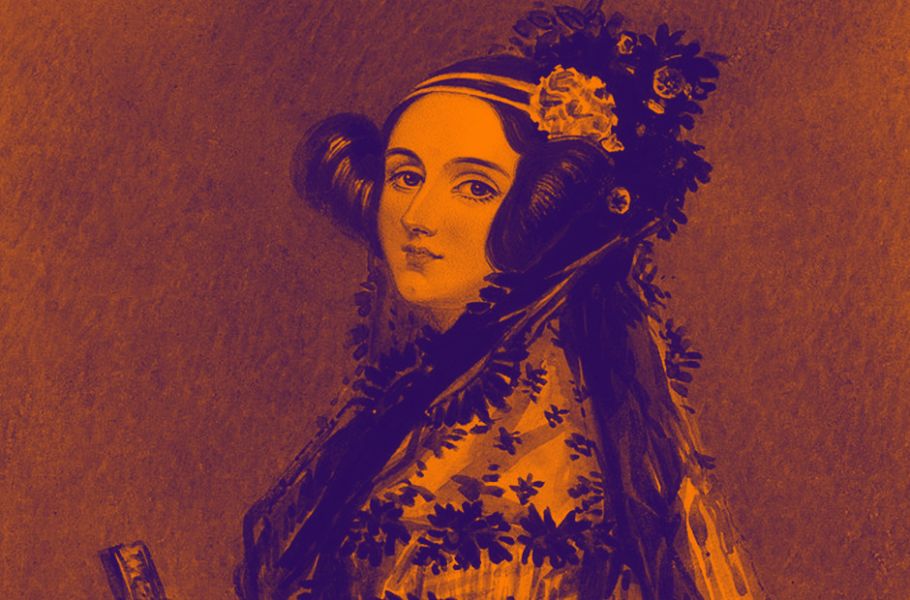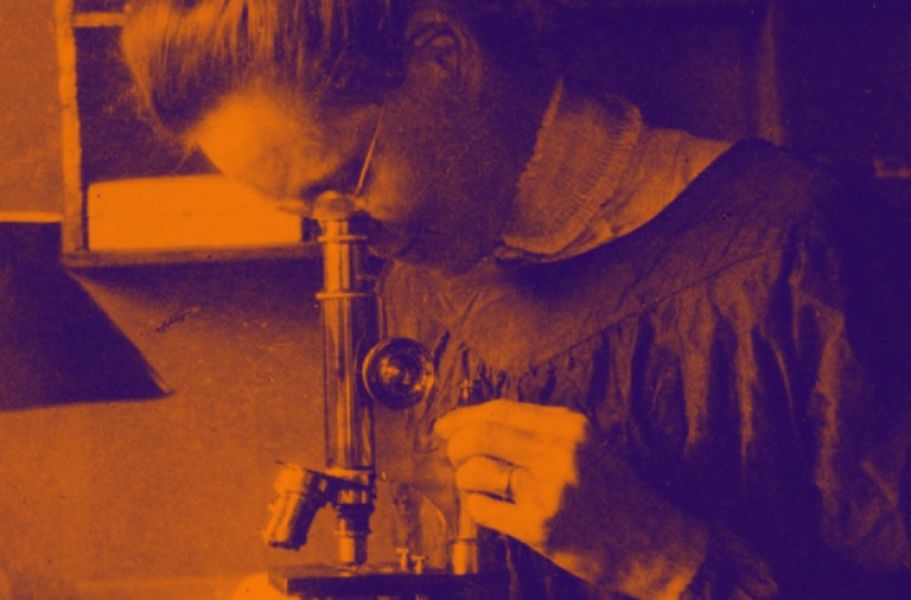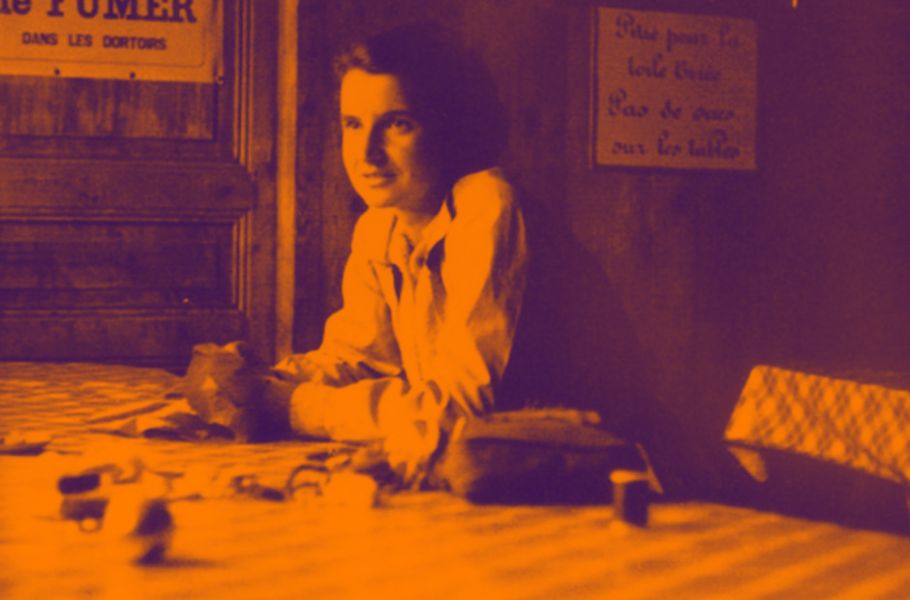-
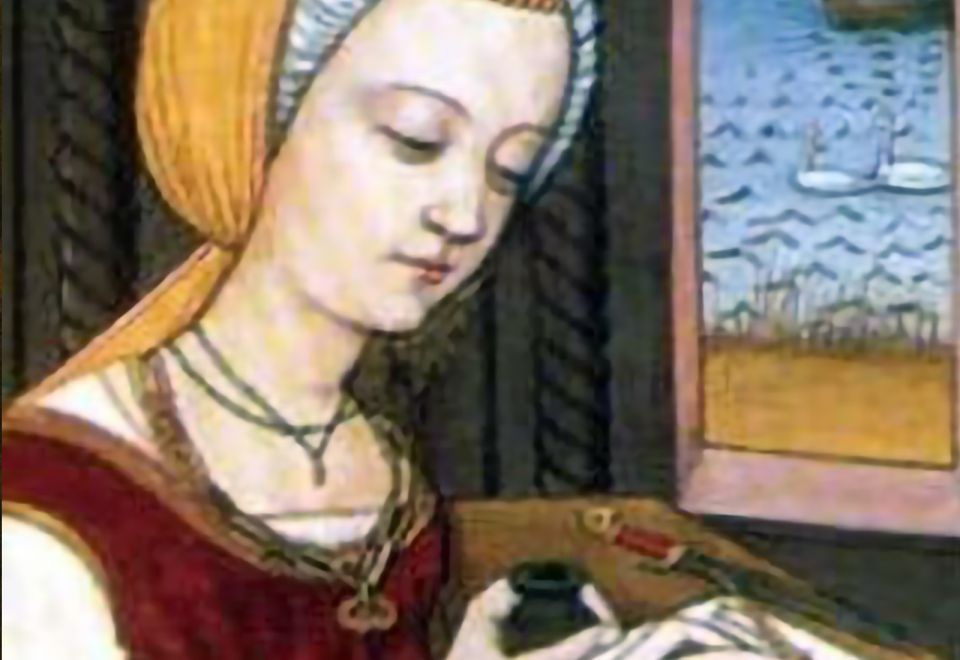
writer
Although no one knows for sure how or when she died, as some cite 1090 and another 1097, its task doctor had a major impact on medicine through its premodern writings. -
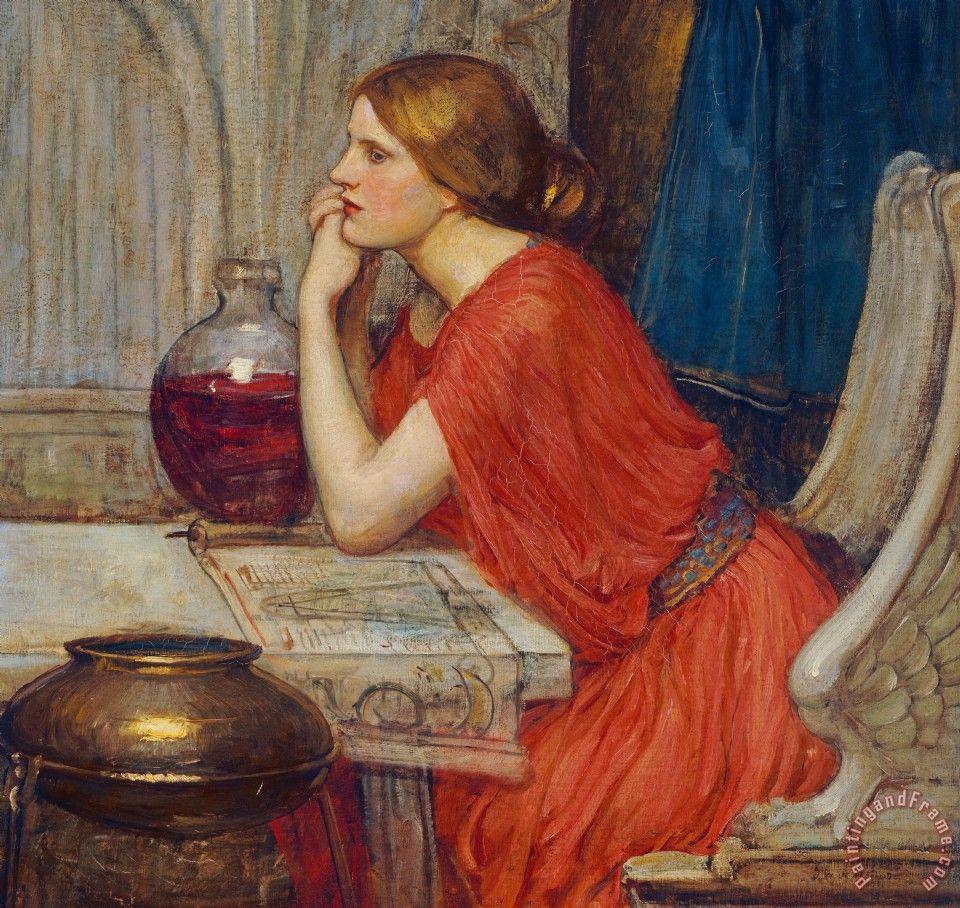
Trota de Salerno by John William Waterhouse
1911-1914 -
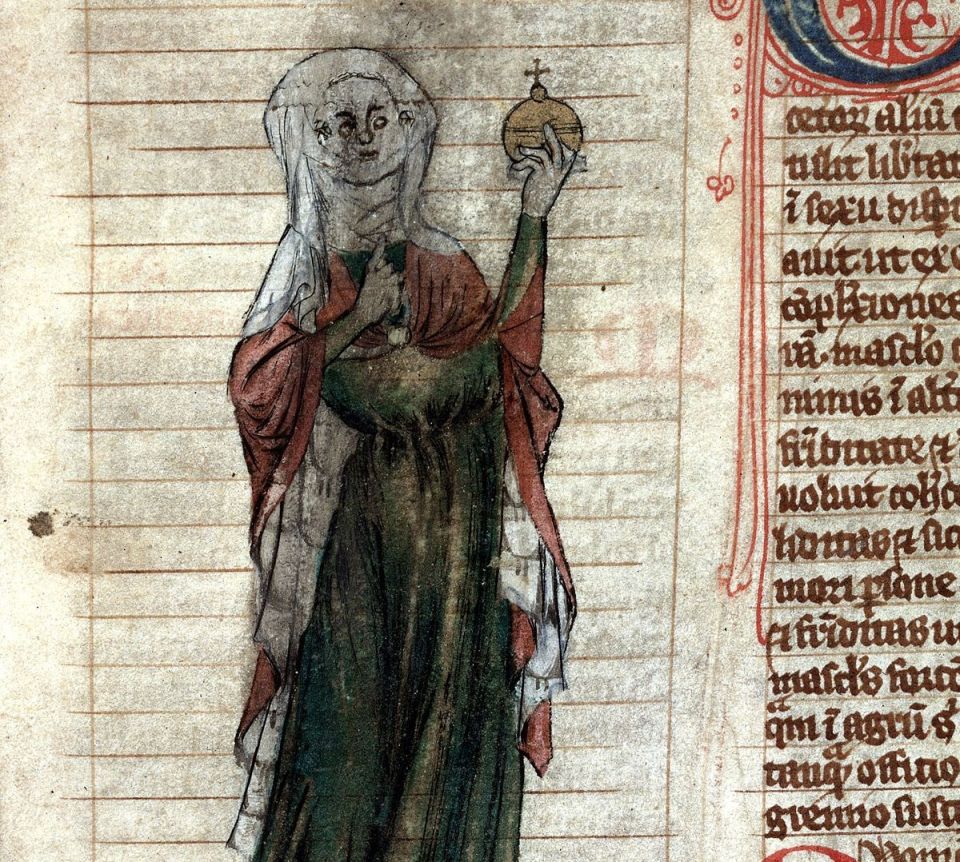
Trota de Salerno, according to a manuscript of the late twelfth century
Trota de Salerno
Salerno, Italy
1090-1160
-
occupation
Physician, surgeon, writer about cosmetic medicine and gynecologist
-
controversy
American researcher John F. Benton studied in the early 80 a valuable manuscript who came to give some light to the controversy over the existence of such magistra Trota of the twelfth century
-
De Curis Mulierum (The Women's Healthcare)
Trota was a consummate empirical, that knew about the human body-particularly of women, though not alone- more than any man. It seems demonstrated that she combined traditional knowledge with new therapeutic methods resulting from his own observations and trying a wide range of diseases, beyond purely gynecological. As for the texts that she could write, so far the only thing that is clear is that he composed a De Curis mulierum, that seems she designed, not for clueless, but for those practicing medicine. A text that included the widest range of female medical problems that have been found in a medieval text to date.. The most striking thing about this text, and the most important, is that it offers evidence of the existence of a medical practice of women in direct contact with the female body, knowledge that the men healers of those times lacked
The first gynecologist
Trota of Salerno is considered the first gynecologist. Her fame spread throughout France and England in the twelfth and thirteenth centuries. She pioneered admiting women within her students. Schools medieval medicine from the twelfth century excluded women and only men could enter. Salerno Medical School was an exception. In this medical school students could receive more extensive medical knowledge, not just those related to conception
It is equally common for conception to be hampered by a defect in both men and women
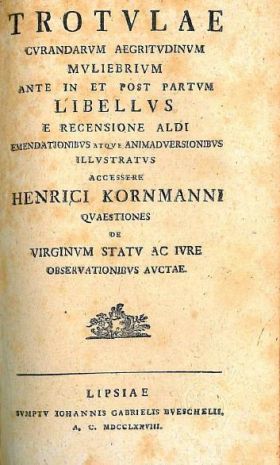
FREQUENTLY ASKED QUESTIONS
“trotula”, although it is not a woman’s name, is the documented name of a group of texts on women’s medicine that emerged in southern Italy in the twelfth century, probably Salerno. “trotula”, so, should be understood as a title that refers to the three texts in this group:
- Book on the conditions of women (Women are free from sinthomatibus)
- Treatments for women (Of the women who cares)
- Cosmetics for women (On their cordage)
For the first and third, the works are anonymous, but probably are written by male authors. As for the second, even the first manuscripts are attributed to the Trout healer. Instead of having written directly, But, Trota may be dictated parts of the work or, somehow, supervise their production.
virtually nothing. The statements about who is her husband or your children are completely unfounded. We can infer that lived sometime in the early decades of the twelfth century, but this is as close as we can get it. know, But, in addition to its association with the Curia mulierum, also wrote a Practica (Book of Practical Medicine) which includes its care in a number of medical problems. Aside from surgery (does not mention), she appears to have been a general practitioner and was not strictly limited to gynecology or obstetrics.
Not quite. There are more than five dozen of references in sources from the twelfth century and the beginning of the thirteenth century “Women of Salerno” (Salernitane women) as doctors. In addition, in Trota there is no credential to write a medical book or any, certainly, she had a “chair” at the "University". (In the twelfth century there was no university)
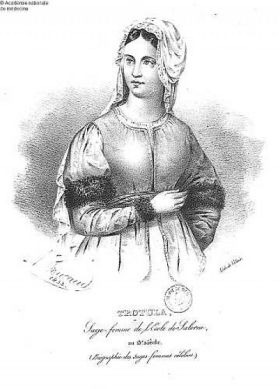

Physician

Gynecologist

Surgeon




